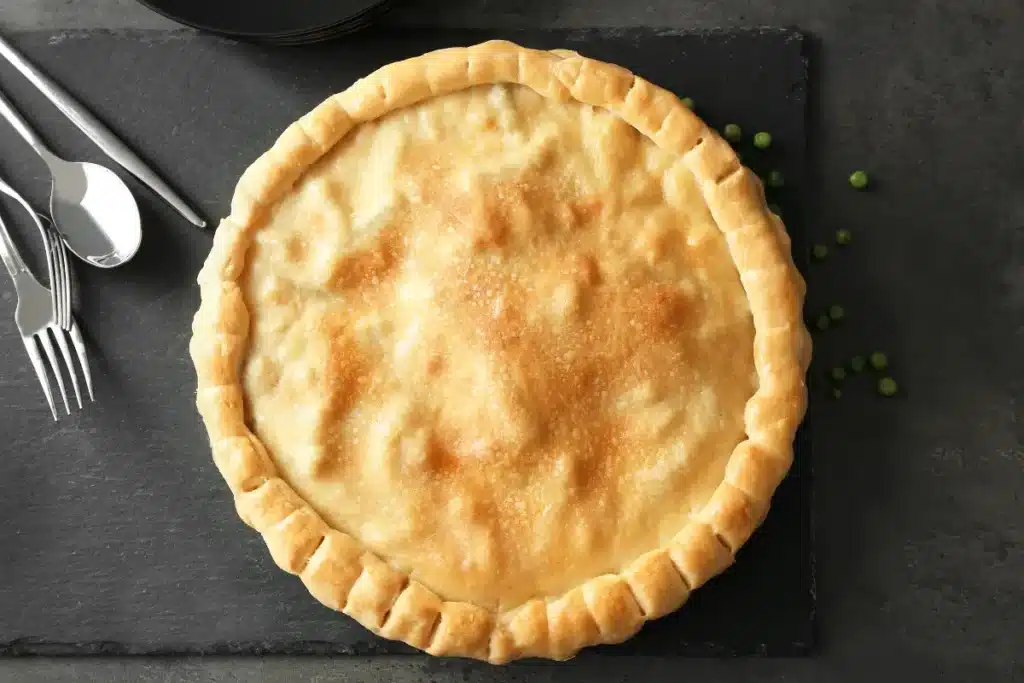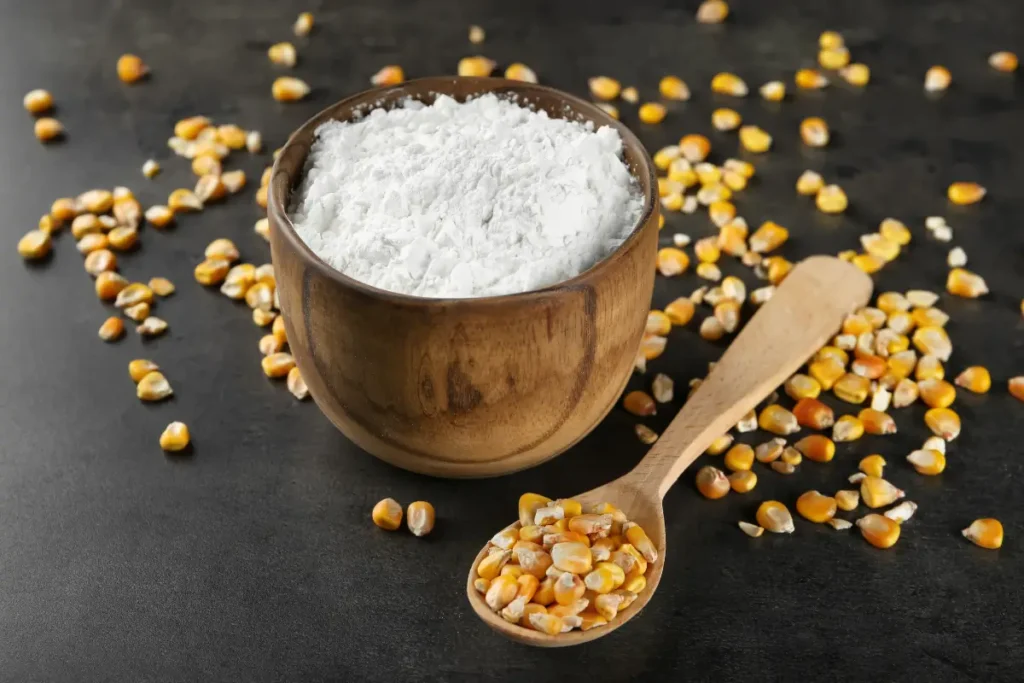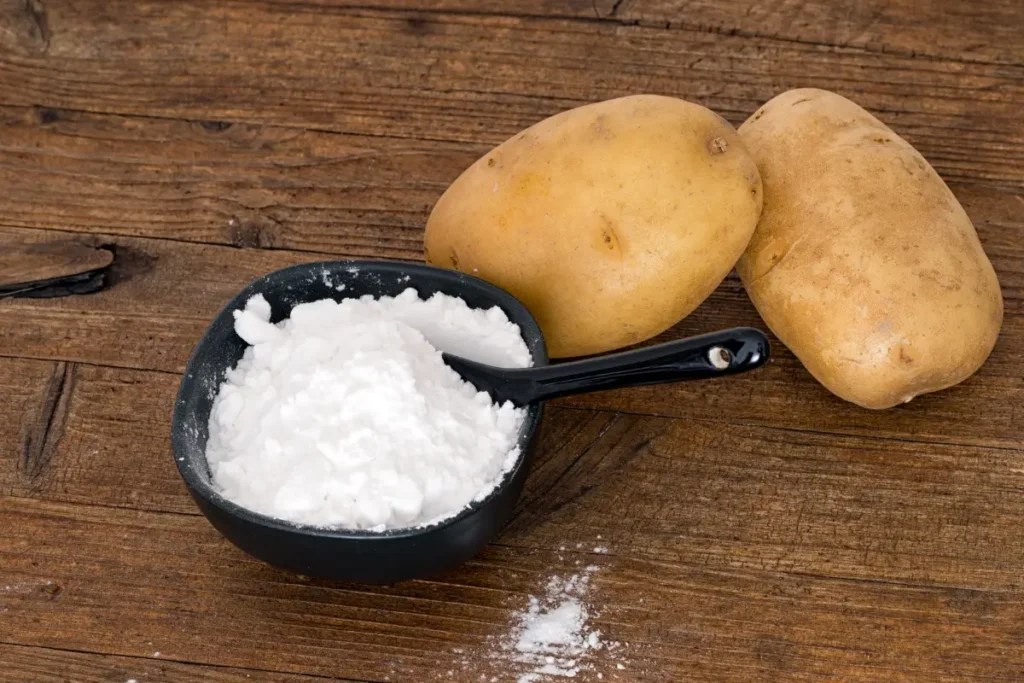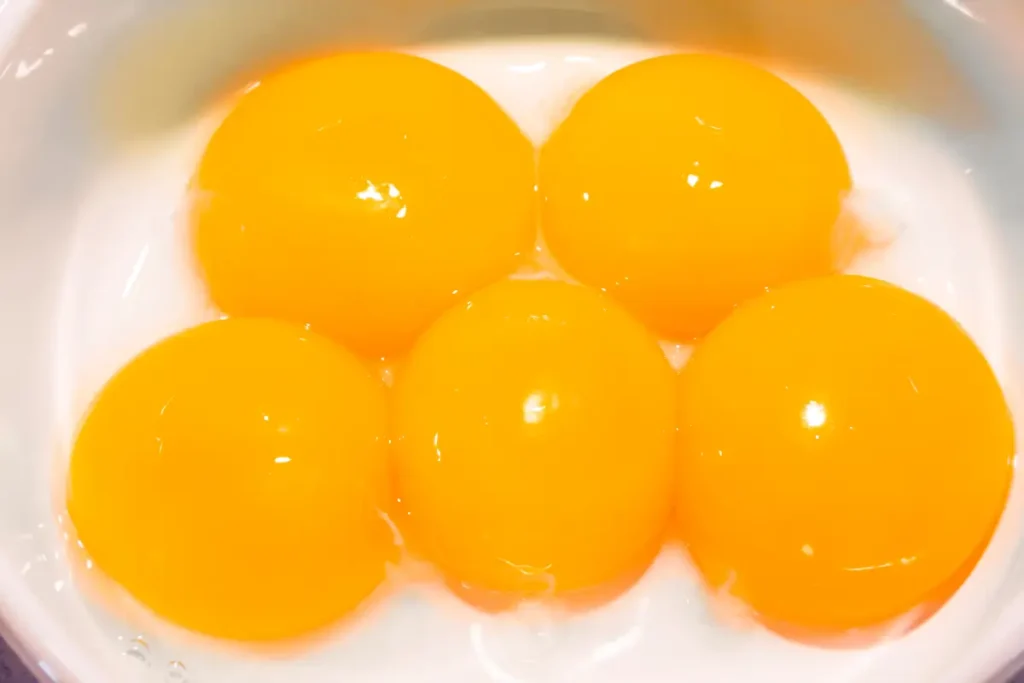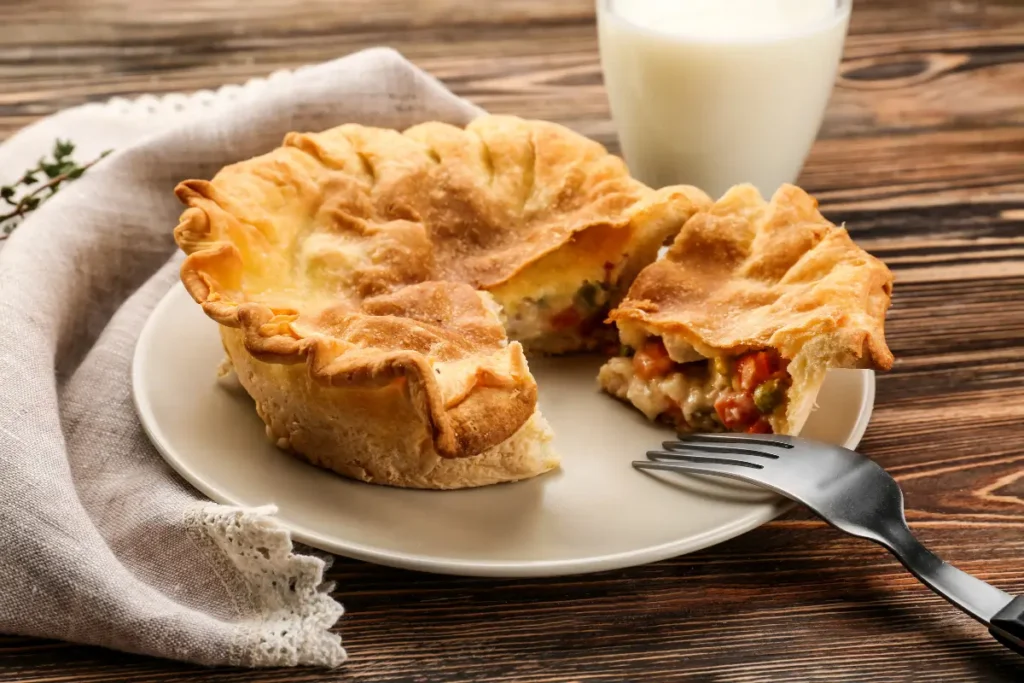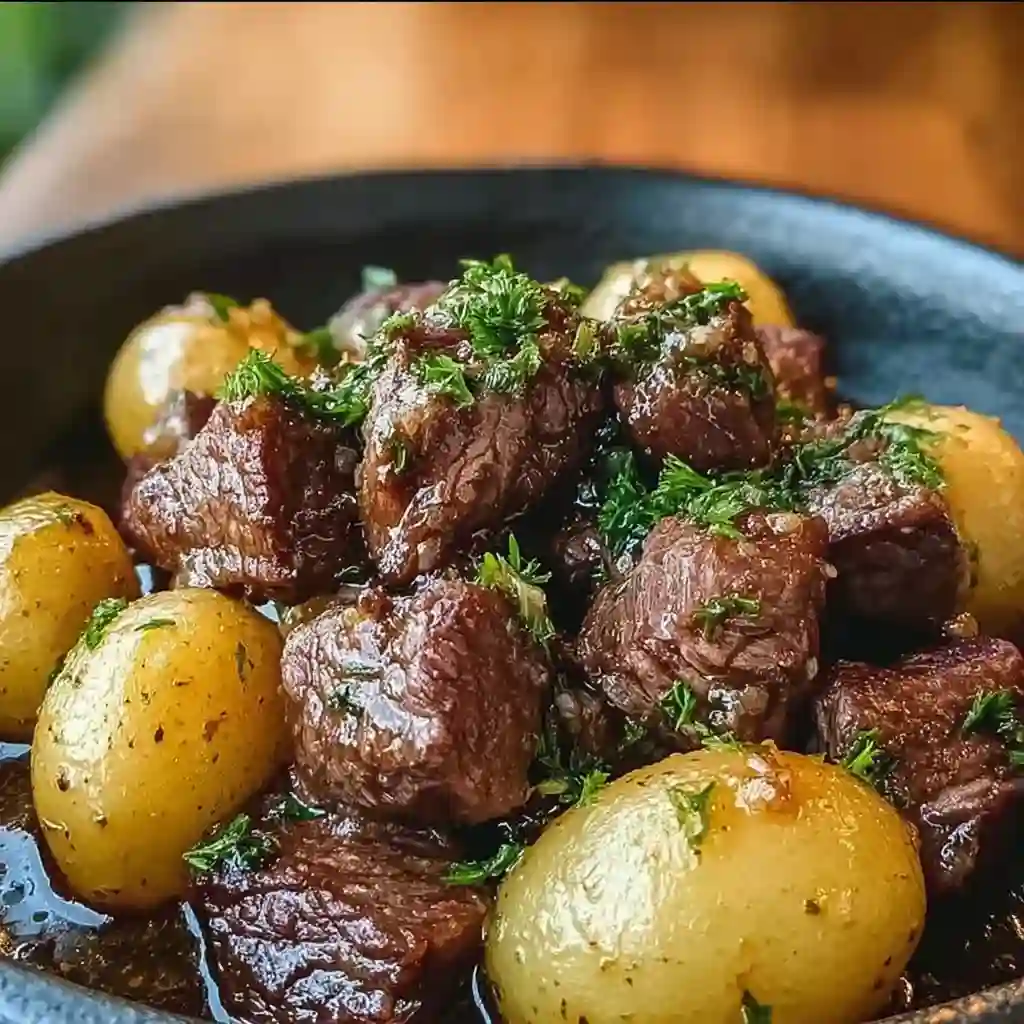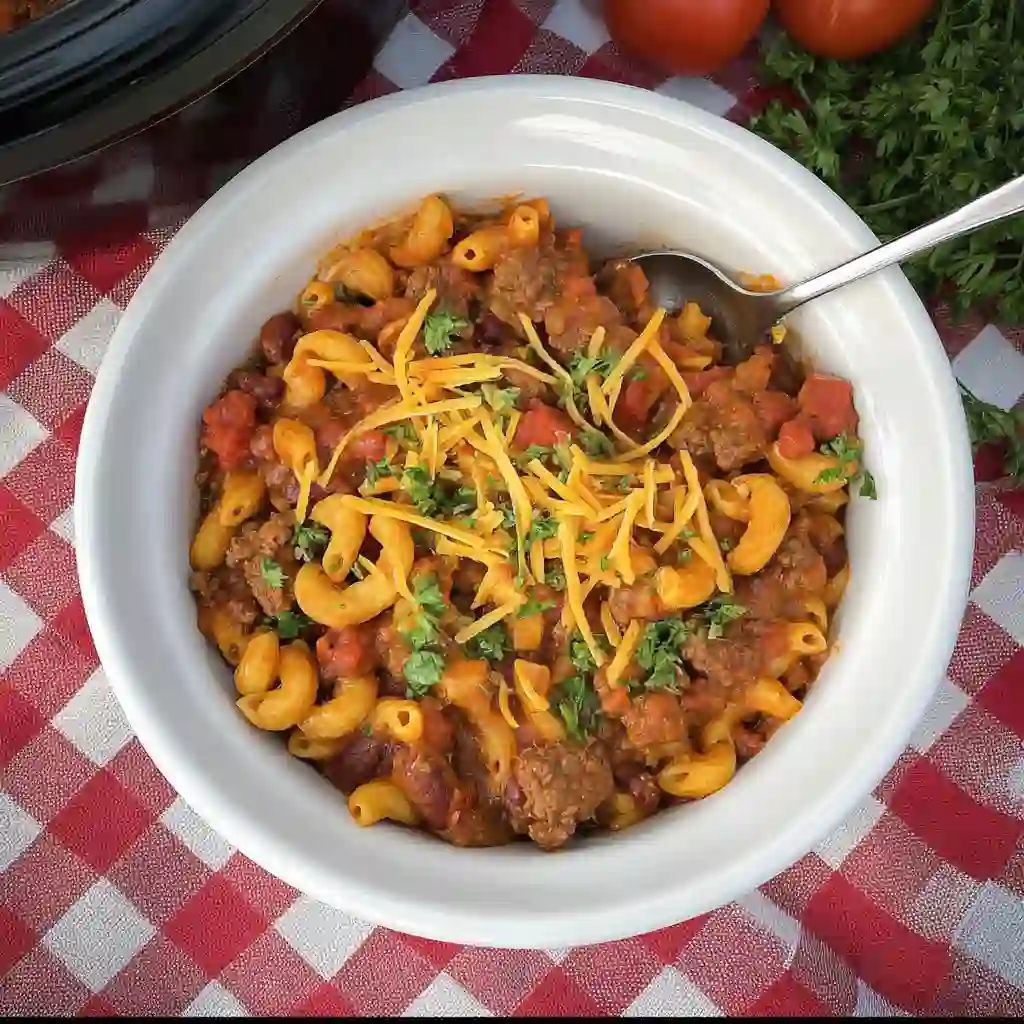Introduction
Nothing beats the comfort of digging into a warm, savory pot pie with a perfectly flaky crust and a rich, creamy filling. The secret to capturing hearts—and taste buds—lies in mastering the filling’s consistency. It should be thick enough to not run off your plate but fluid enough to meld flavors beautifully. In this guide, we’ll dive into the art of thickening pot pie fillings, ensuring your next culinary creation becomes the talk of the table. Discover how to bring this to life in our Beef Pot Pie Recipe, a testament to the perfect pot pie.
The Role of Thickeners in Pot Pie Fillings
Thickeners are the unsung heroes of the culinary world, especially when it comes to pot pies. They transform the watery components of your filling into a creamy, velvety mixture that pairs perfectly with the crust. The choice of thickener can affect not only the texture but also the clarity and taste of the filling.
Common Thickeners Include:
- Flour
- Cornstarch
- Tapioca
- Arrowroot Powder
- Potato Starch
- Xanthan Gum
Each thickener has its own set of rules for use, and understanding these can make or break your pot pie.
Flour-Based Thickeners
Using all-purpose flour is one of the most traditional methods to thicken pot pie fillings. Flour works by absorbing liquid and expanding, creating a roux when mixed with fat.
Steps to Make a Roux:
- Combine equal parts flour and fat (usually butter) in a pan over medium heat.
- Cook the mixture, stirring constantly, until it develops a golden color and nutty aroma.
- Slowly whisk in your liquid ingredients, allowing the roux to thicken them.
This method is beloved for its reliability and the rich flavor it adds. However, it requires careful attention to prevent clumping or burning.
Cornstarch: A Clear Thickening Agent
Cornstarch is a refined starch that thickens without the gluten found in flour, making it a clear, flavor-neutral option. It’s ideal for fillings where clarity is key, and it works at lower temperatures than flour.
How to Use Cornstarch:
- Mix cornstarch with a small amount of cold water to create a slurry.
- Stir the slurry into your pot pie filling, then bring to a simmer.
- Heat until the mixture thickens, stirring constantly.
Tapioca: The Gluten-Free Alternative
For those looking for a gluten-free thickener that doesn’t compromise on texture, tapioca stands out as a superb choice. Derived from the cassava plant, tapioca lends a slightly sweet flavor and a glossy finish to fillings. It’s particularly useful in recipes that will be frozen, as it thaws without losing its consistency.
Tapioca Pearls vs. Tapioca Starch:
- Tapioca Pearls: Need to be soaked before use and can add texture to your filling.
- Tapioca Starch: A finer, powdered form that dissolves easily, ideal for smooth fillings.
Benefits of Using Tapioca:
- Prevents sogginess in the crust.
- Freezes and thaws well without altering the filling’s texture.
- Offers a clear, shiny appearance to the filling.
Arrowroot Powder: For a Silky Smooth Texture
Arrowroot powder is a starch obtained from tropical plants, acting as an excellent thickener for acidic fillings. It produces a silky smooth texture and a glossy finish, making it a favorite for pie fillings and sauces.
How to Incorporate Arrowroot into Your Filling:
- Mix arrowroot powder with a small amount of cold water to form a slurry.
- Gradually stir the slurry into your simmering filling.
- Cook over low heat, as high temperatures can cause arrowroot to lose its thickening abilities.
Arrowroot is a perfect choice for those requiring a clear, gluten-free thickener that doesn’t alter the flavor of the filling.
Potato Starch: Another Gluten-Free Option
Potato starch offers another excellent gluten-free thickening alternative. It’s derived from potatoes and works similarly to cornstarch but with a few distinct advantages.
Advantages of Potato Starch:
- It thickens at a lower temperature than cornstarch.
- Provides a transparent, glossy finish without a starchy taste.
- Retains its thickening ability in freezing and thawing cycles.
Tips for Using Potato Starch:
- Like cornstarch, mix potato starch with cold water before adding it to your filling.
- Add it at the end of cooking, as prolonged heat can break down its thickening power.
Xanthan Gum: The Modern Thickener
Xanthan gum is a versatile, modern thickener that’s especially useful in gluten-free cooking. Produced through fermentation, this thickener is highly efficient—only a small amount is needed to achieve the desired thickness.
The Science Behind Xanthan Gum:
- It disperses and dissolves easily in hot or cold water, making it user-friendly.
- Xanthan gum is stable under a wide range of temperatures and pH levels.
- It improves the freeze-thaw stability of food, making it ideal for dishes that will be stored.
Using Xanthan Gum in Gluten-Free Recipes:
- Sprinkle xanthan gum lightly over your filling, whisking constantly to prevent clumps.
- Heat your filling as usual; the xanthan gum will thicken it as it warms.
Note: Be cautious with quantities; too much can lead to a gummy or slimy texture.
Egg Yolks: Adding Richness and Thickness
Egg yolks are a natural thickener, imparting a rich, creamy texture and a luxurious taste to pot pie fillings. Beyond thickening, they add nutritional value and a beautiful golden hue.
How to Temper Egg Yolks for Pot Pie Filling:
- Beat the egg yolks in a bowl.
- Gradually add a small amount of the hot filling to the yolks, whisking constantly. This process, known as tempering, prevents the yolks from curdling.
- Slowly pour the tempered yolks back into the pot, stirring continuously.
- Heat gently until the filling thickens, avoiding boiling to prevent scrambling the eggs.
Egg yolks are perfect for dishes where a delicate, rich consistency is desired, making them ideal for luxury pot pies.
Reducing the Liquid
Sometimes, the simplest way to thicken a filling is by reducing the liquid content. This method concentrates the flavors, making the filling richer and more robust.
Techniques for Reducing Your Filling:
- Simmer the filling uncovered, allowing steam to escape and the liquid to evaporate.
- Stir occasionally to prevent burning and ensure even reduction.
- Taste as you go to adjust the seasoning since flavors will intensify.
Reducing the liquid is a natural, foolproof way to thicken your pot pie filling while enhancing its flavor profile.
Combining Thickeners for the Perfect Texture
Crafting the ultimate pot pie filling may require a blend of different thickeners. Combining thickeners can leverage the strengths of each, providing a texture that’s just right.
Mixing Thickeners: Do’s and Don’ts:
- Do start with smaller amounts and adjust as needed.
- Don’t mix thickeners that react poorly under the same conditions (e.g., acidic fillings with certain starches).
- Do consider the final flavor and appearance; some thickeners may alter the filling’s color or glossiness.
Creating a custom thickener blend allows for personalized adjustments, ensuring your pot pie filling is precisely as you envision it.
Troubleshooting Common Thickening Issues
Even experienced cooks can face challenges when thickening pot pie fillings. Here are solutions to common problems:
- Too-Thin Filling: Add a bit more of your chosen thickener, remembering to mix it with a cold liquid first if necessary.
- Too-Thick Filling: Gently stir in more broth or water until you reach the desired consistency.
- Clumping: Prevent clumps by thoroughly mixing thickeners with cold water before adding them to the hot filling.
With these tips, you can adjust your pot pie filling to perfection, ensuring it’s neither too thick nor too thin.
Expert Tips for a Perfect Pot Pie Filling
Achieving the perfect pot pie filling is an art that requires balancing flavors, textures, and, importantly, the right thickening technique. Here are some expert tips to elevate your pot pie to the next level:
- Selecting the Right Thickener: Consider the flavor, appearance, and dietary restrictions of your audience. For example, choose arrowroot or cornstarch for a gluten-free option that doesn’t compromise on texture.
- Adjusting Thickener Quantities: Start with less than you think you need; you can always add more, but you can’t take it away once it’s in the filling.
- Simmer, Don’t Boil: After adding your thickener, simmer the filling gently. Boiling can break down thickeners like cornstarch and arrowroot, reducing their effectiveness.
Remember, the perfect pot pie filling is thick enough to slice but still creamy and luxurious when eaten.
Healthy and Dietary Considerations in Thickening
Creating a pot pie that accommodates dietary restrictions doesn’t mean you have to compromise on texture or taste. Here’s how to choose and use thickeners that align with health and dietary needs:
- Gluten-Free Thickeners: Cornstarch, tapioca, and arrowroot are excellent choices for gluten-sensitive diners.
- Low-Calorie Options: Thickeners like xanthan gum are potent in small quantities, making them ideal for calorie-conscious recipes.
- Vegan Thickeners: Avoid egg yolks and opt for plant-based thickeners like arrowroot or tapioca starch for vegan pot pies.
By selecting the appropriate thickener, you can create a pot pie filling that’s inclusive and delicious for everyone at the table.
Recipe: Classic Chicken Pot Pie with Homemade Thickener
Indulge in the ultimate comfort food with this classic chicken pot pie recipe, featuring a homemade thickener for the perfect filling consistency.
Ingredients:
- 2 cups cooked, shredded chicken
- 1 cup mixed vegetables (carrots, peas, corn)
- 1 onion, finely chopped
- 2 cloves garlic, minced
- 3 tablespoons butter
- 3 tablespoons all-purpose flour
- 2 cups chicken broth
- 1/2 cup milk
- Salt and pepper to taste
- 1 prepared pie crust
Instructions:
- Preheat your oven to 375°F (190°C).
- In a large skillet, melt butter over medium heat. Add onion and garlic, sautéing until soft.
- Stir in flour to form a roux. Cook for 2 minutes, stirring constantly.
- Gradually whisk in chicken broth and milk. Simmer until the mixture thickens.
- Add chicken and mixed vegetables. Season with salt and pepper.
- Pour the filling into a pie dish. Cover with the pie crust, sealing the edges.
- Make several slits in the crust to allow steam to escape.
- Bake for 35-40 minutes or until the crust is golden brown.
Enjoy a slice of this classic chicken pot pie, where every bite offers the perfect blend of creamy filling and flaky crust.
Recipe: Vegetarian Pot Pie with a Twist
This vegetarian pot pie brings a delightful twist with its unique vegetables and a thickener blend that ensures a rich, creamy filling.
Ingredients:
- 2 cups assorted unique vegetables (sweet potatoes, parsnips, turnips)
- 1 cup traditional vegetables (carrots, peas)
- 1 onion, finely chopped
- 2 cloves garlic, minced
- 2 tablespoons olive oil
- 2 tablespoons cornstarch
- 1 tablespoon arrowroot powder
- 2 cups vegetable broth
- 1/2 cup almond milk
- Salt and pepper to taste
- 1 prepared pie crust
Instructions:
- Preheat your oven to 375°F (190°C).
- In a large skillet, heat olive oil over medium heat. Add onion and garlic, cooking until translucent.
- Add all vegetables, sautéing until just tender.
- Mix cornstarch and arrowroot powder with a bit of cold almond milk to create a slurry.
- Stir the slurry into the skillet with the rest of the almond milk and vegetable broth. Bring to a simmer until the filling thickens.
- Season with salt and pepper to taste.
- Transfer the filling to a pie dish and cover with the pie crust, crimping the edges.
- Cut slits in the crust to allow steam to escape.
- Bake for 35-40 minutes, or until the crust is golden and filling is bubbly.
FAQ’s:
Why is my chicken pot pie filling too runny?
Your chicken pot pie filling might be too runny due to several reasons: not using enough thickener, adding too much liquid, or not cooking the filling long enough for the thickener to take effect. To prevent a runny filling, ensure you measure your thickener accurately and allow the filling to simmer until it reaches a thicker consistency before assembling your pie.
How do you thicken meat pie mixture?
To thicken a meat pie mixture, you can use several methods:
- Flour or Cornstarch: Mix equal parts of flour or cornstarch with cold water to create a slurry, then stir it into your pie mixture and cook until thickened.
- Roux: Before adding liquid ingredients, cook equal parts of butter and flour in your pan to make a roux, then gradually add your liquid for a thickened base.
- Instant Tapioca or Potato Starch: These are excellent gluten-free options. Mix them with a little cold water before adding to your meat pie mixture for thickening.
- Reduction: Simply simmer your mixture for a longer period, allowing excess liquid to evaporate, thus thickening the sauce naturally.
How do you thicken gravy for meat pie?
Thickening gravy for meat pie involves similar techniques as thickening the meat pie mixture itself. Here are some efficient methods:
- Cornstarch Slurry: A popular method where cornstarch is mixed with cold water and then added to the gravy, thickening it as it simmers.
- Flour Slurry: Similar to the cornstarch method but with flour. It’s ideal for a roux-based gravy.
- Reduction: Allowing the gravy to simmer and reduce can also thicken it without the need for additional thickeners. This method concentrates the flavors.
- Beurre Manié: A paste made from equal parts butter and flour can be whisked into the gravy for thickening.
What is the sauce made of in chicken pot pie?
The sauce in a chicken pot pie is essentially a rich, savory gravy that binds all the filling ingredients together. It’s typically made from:
- Stock or Broth: Chicken or vegetable broth forms the base of the sauce, providing depth and flavor.
- Roux: A mixture of butter and flour cooked together to form a thick paste, used as a thickening agent for the sauce.
- Cream or Milk: Added to the roux and broth, dairy adds richness and creaminess to the sauce.
- Seasonings: Herbs such as thyme, sage, and parsley, along with salt and pepper, are added to enhance the flavor.
Conclusion
Mastering the art of thickening a pot pie filling can transform your culinary creations, ensuring every bite is as comforting and satisfying as it is flavorful. Whether you’re crafting a classic chicken pot pie or exploring vegetarian options, the key lies in choosing the right thickener and mastering the techniques shared in this guide. Experiment with different thickeners and techniques to find the perfect combination for your recipes, and enjoy the process of creating a dish that’s sure to warm hearts and delight taste buds.
Remember, the perfect pot pie is just a whisk away!

